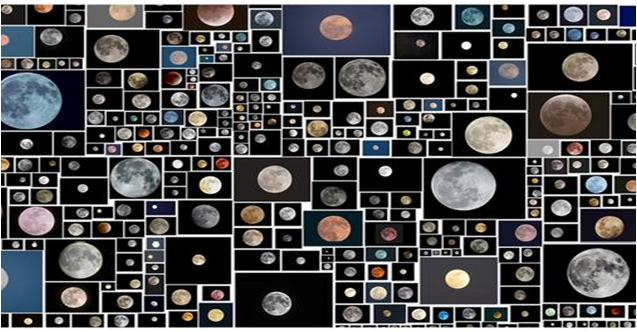We completed a presentation on the above subject, which included the following:
Definitions:
Web 1.0 – 1st generation of the web, when it first became accessible and was first commercialised.
Web 2.0 – “Web 2.0, a phrase coined by O’Reilly Media in 2004, refers to a supposed second generation of Internet-based services [e.g. Social networking sites] … that emphasize online collaboration and sharing among users.”
Web 3.0 – Phrase coined by John Markoff (New York Times 2006), refers to the “intelligent web”, customises user experience. E.g: “ semantic web, microformats, natural language search, data-mining, machine learning, recommendation agents, and artificial intelligence technologies.”
Web 3.0 was excelled by ubiquitous connectivity; Development of mobile devices and internet access makes the web 3.0 experience available anywhere any time. Web 3.0 allows a collaboration of web services and daily life, creating online material for anyone to use, which resulted in a “culture of connectivity” (Dijck 2011). This “culture of connectivity” is reflected in photographs and the way they are shared.
Platforms such as Instagram and Flickr resemble this in sharing, as the user generated sites provide a culture of connectivity between producers and consumers of photographs:
Ubiquitous Photography:
Ubiquitous means the idea of existing or being everywhere, especially at the same time; omnipresent. For personal photography, it involves users of a site uploading their own images, and adding to the site. Images captured on camera can be uploaded and distributed online, where they are said to become intellectual property. The photography is therefore accessible everywhere, being omnipresent itself.
Photographers and Practitioners:
Martin Hand:
A professor at Queens University Canada who initially proposed these ideas in his book. Comments on how it’s personal photography that reflects society and photography of today. The rise of digital photography and imaging has transformed the landscape of visual communication and culture. Events, activities, moments, objects, and people are ‘captured’ and distributed as images on an unprecedented scale. Many of these are shared publicly; some remain private, others become intellectual property, and some have the potential to shape global events. In this timely introduction, the ubiquity of photography is explored in relation to interdisciplinary debates about changes in the production, distribution, and consumption of images in digital culture.’
Penelope Umbrico
Uses photographs found freely online and appropriates them into her own artwork. “Sunsets” is one example of this, using images of sunsets on Flickr to form one larger piece:
Joachim Schmid
Uses the photography of others to produce his own work, even before the internet. His most iconic work Pictures from the street, involved him finding random photos in the street and turning them into his own art. Other people’s photographs involved him going on websites like Flickr and compiling images around one theme such as food.
Erica Scourti
Her work aims to “make sense of a visual culture dominated by the sharing and streamlining of personal snapshots via social media channels.” Her project So Like You does this by collecting personal snapshots people post online.

Links/References:
https://lifeboat.com/ex/web.3.0
https://en.wikipedia.org/wiki/Web_2.0
https://www.lensculture.com/articles/joachim-schmid-celebrating-photographic-garbage
http://thephotographersgallery.org.uk/erica-scourti-so-like-you







